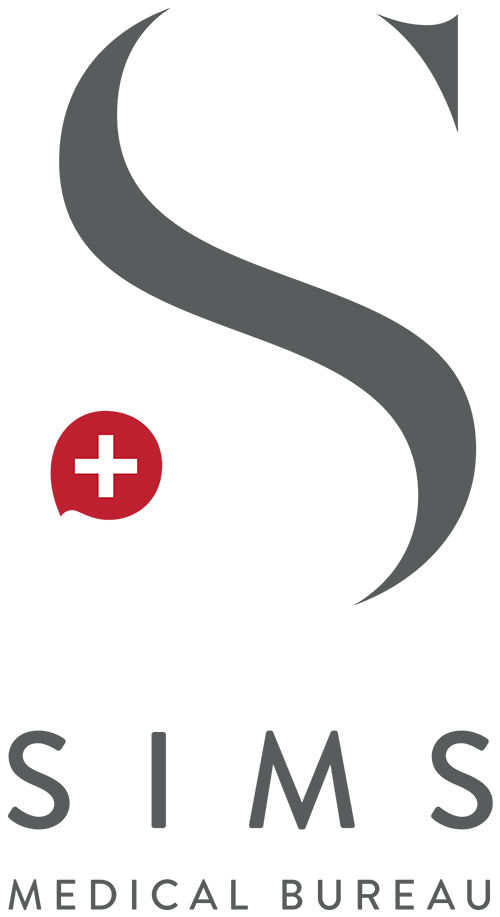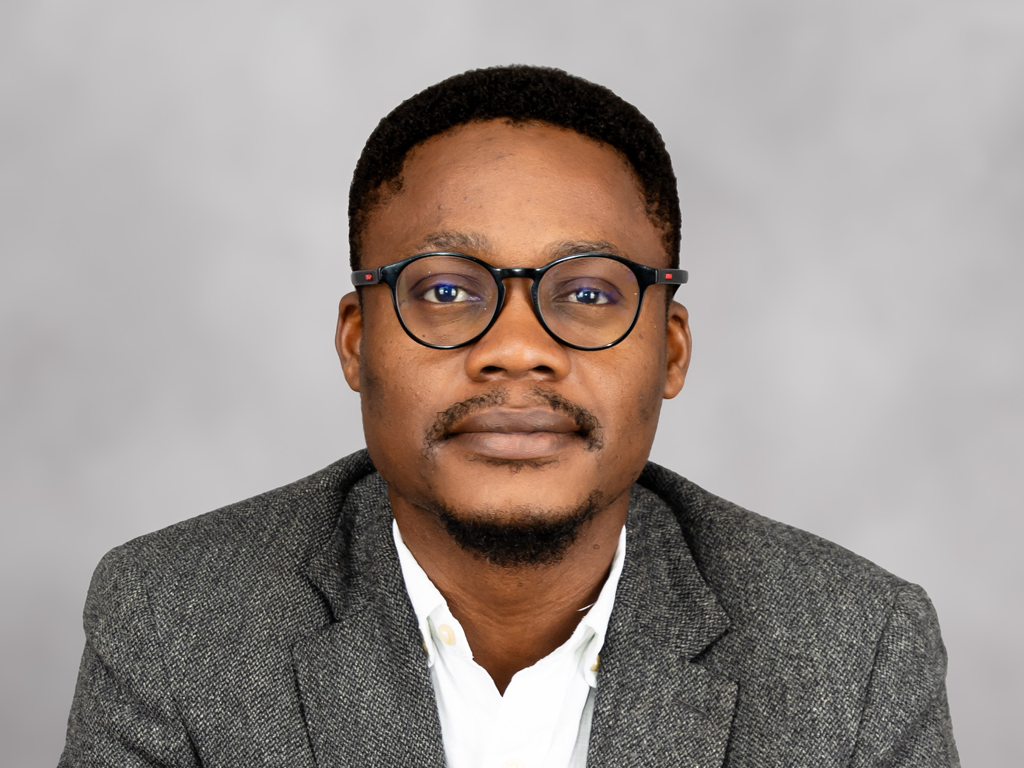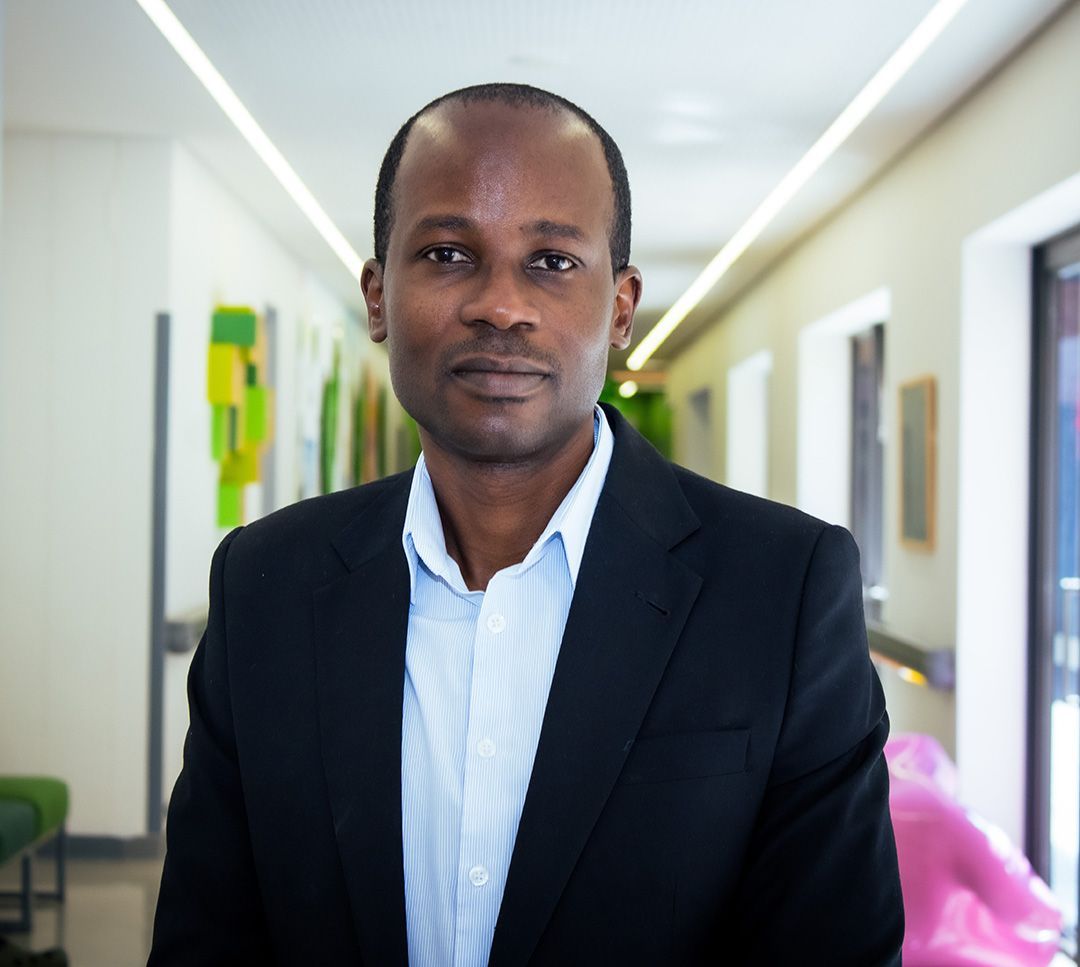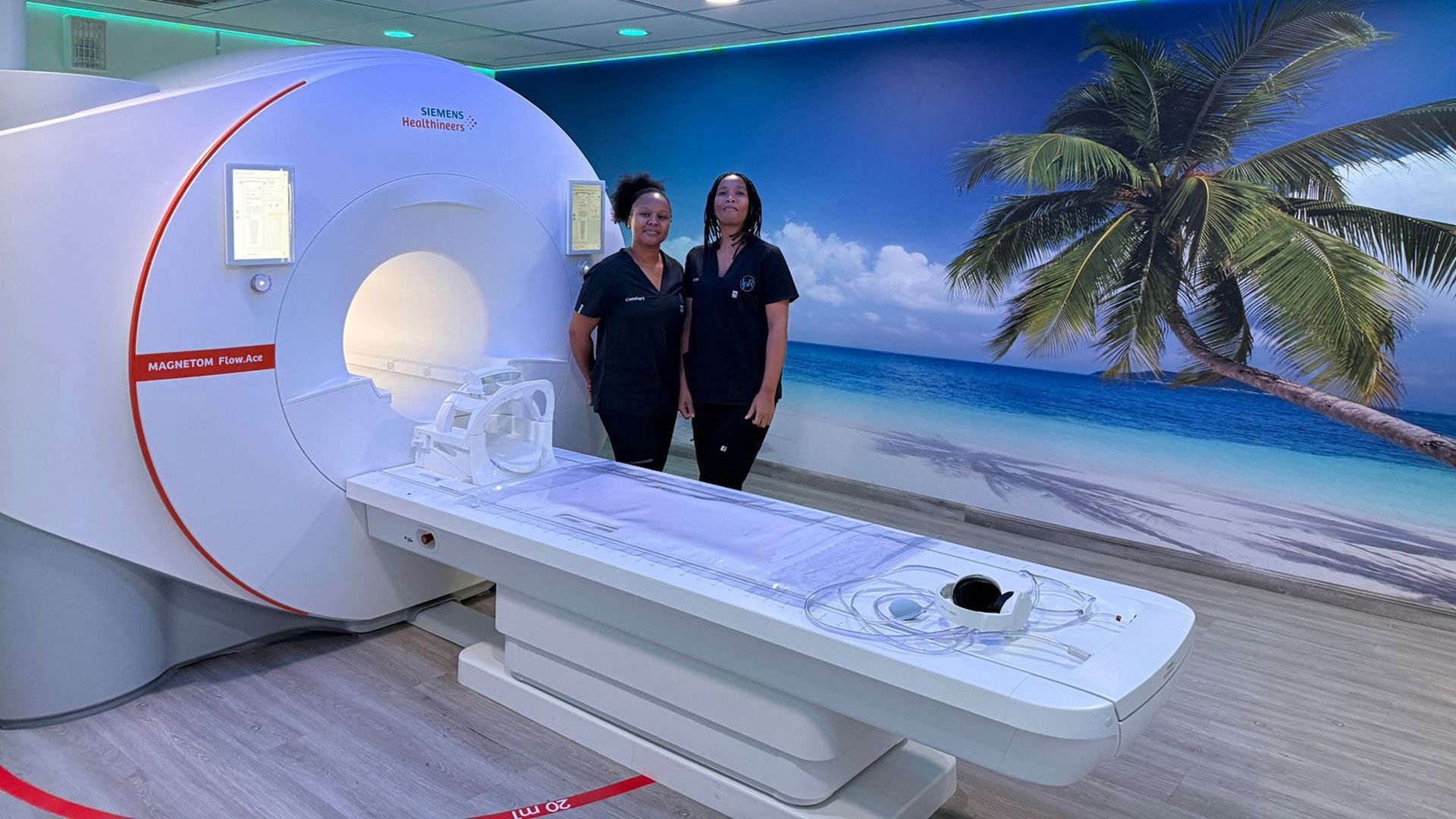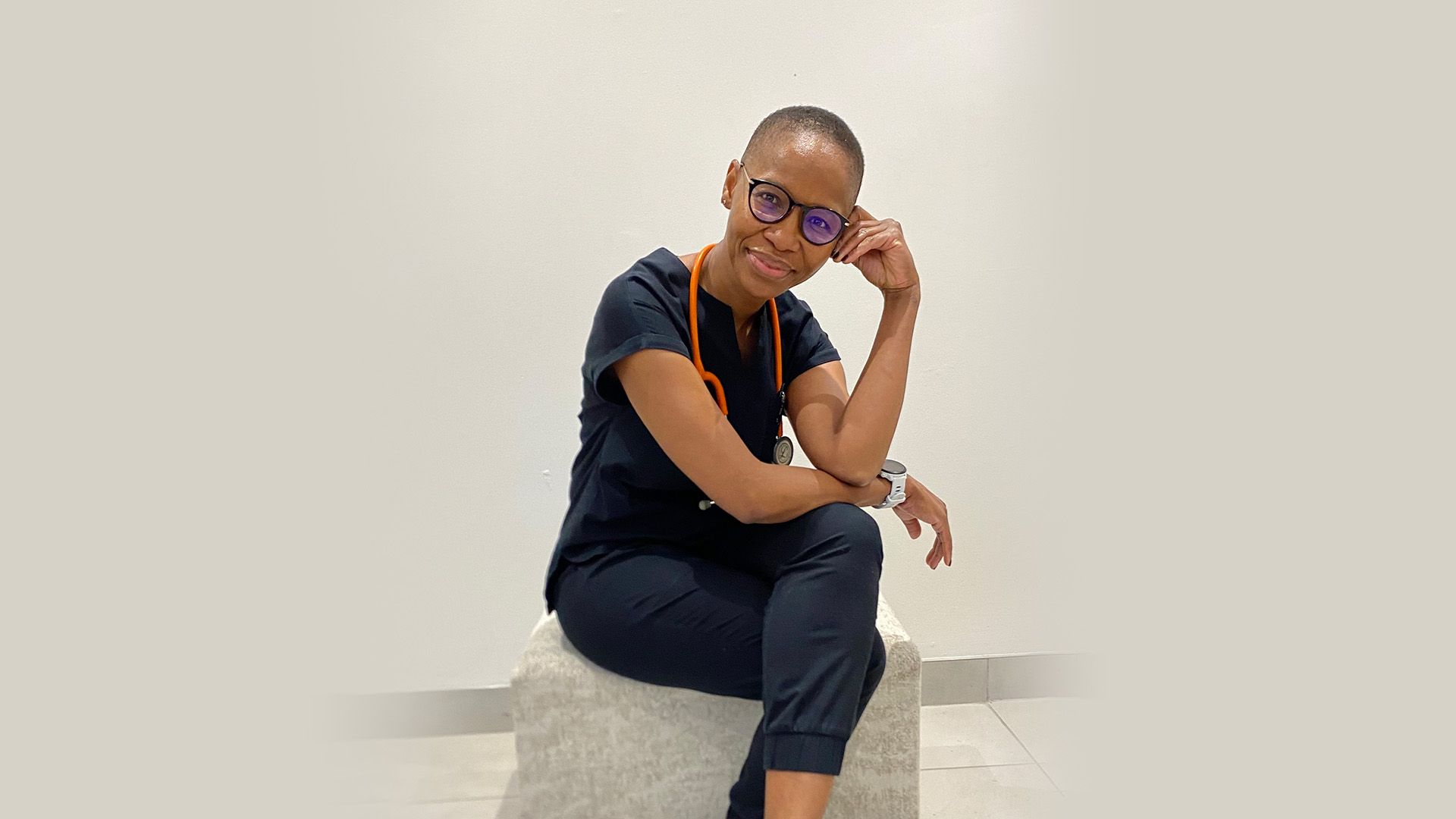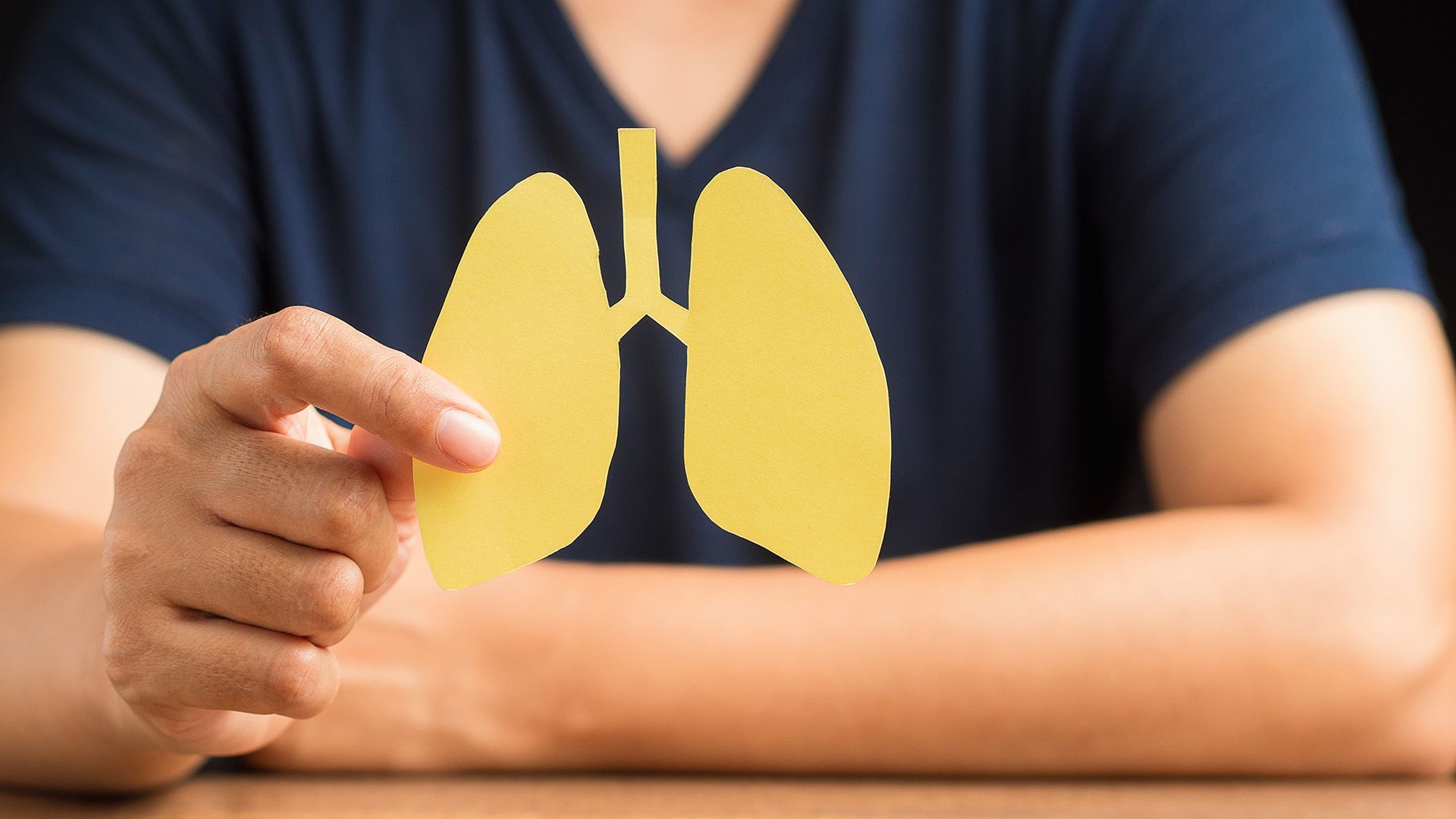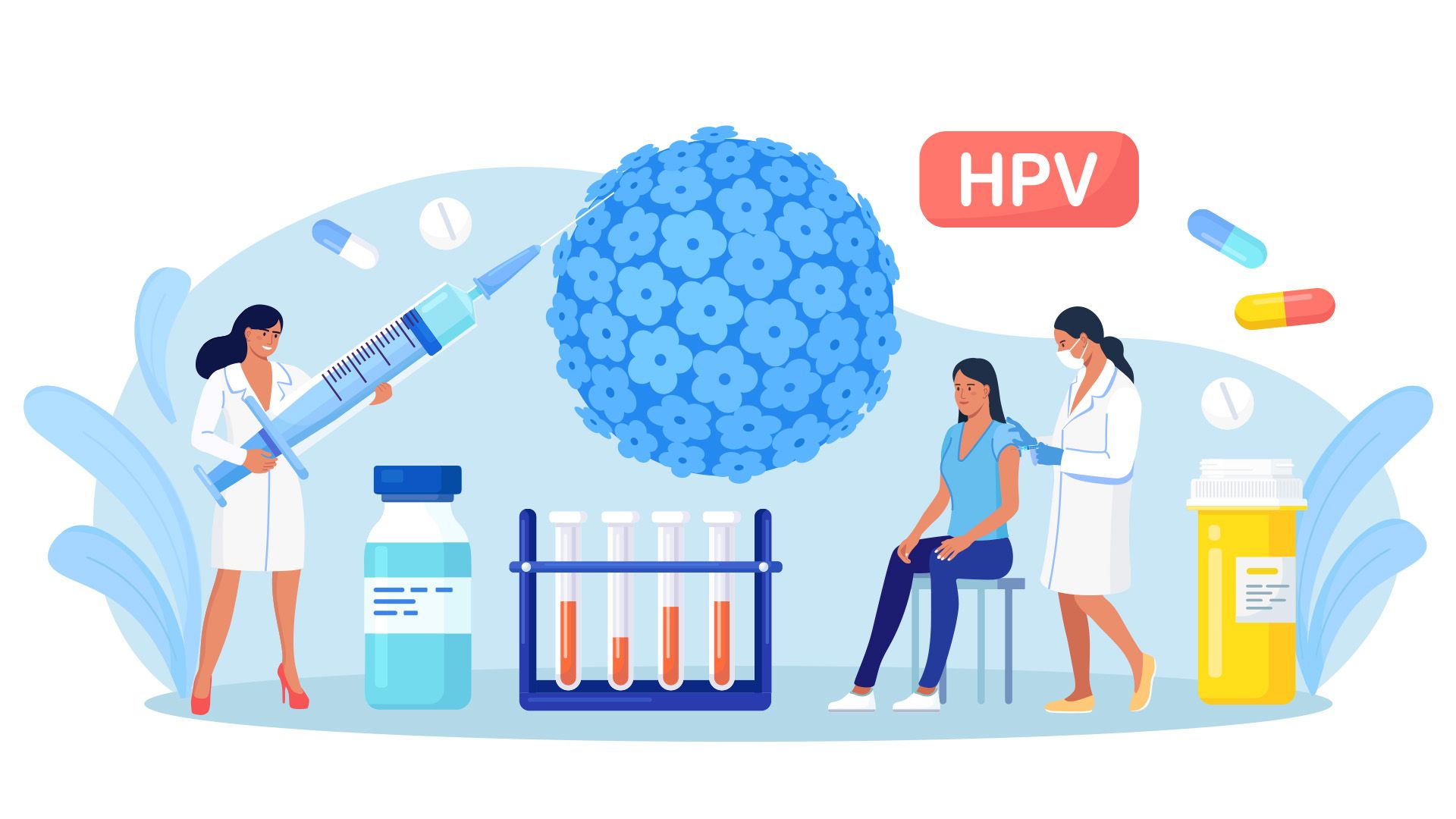South Africans urged to stay sun safe this Easter holiday, and all year round
Drickus Maartens • March 3, 2020
Avoidable skin cancers on the increase
As we head into autumn and the Easter holiday period, South Africans are reminded that the harsh radiation of the sun’s rays can potentially cause irreversible damage to the skin and eyes all year round.
“Many people believe that the ultraviolet [UV] radiation from the sun is weaker and less harmful in autumn and winter. However, it should be kept in mind that South Africa has high levels of year-round ambient radiation from the sun, and we should therefore remain vigilant about taking measures to protect our skin even during the cooler months,” cautions Dr Peter Vincent, of Netcare Travel Clinics and Medicross Tokai.
High risk of exposure
“South Africans are at higher risk for chronic exposure to harmful UV radiation, which is the leading cause of skin cancer. An estimated 30% of all cancers diagnosed in this country are a type of skin cancer,” adds Dr Vincent.
He explains that over-exposure to the sun’s rays may also cause sunburn, premature skin ageing and damage to the eyes, increasing the risk of developing cataracts in later life. Being sun safe is therefore not only a critical aspect of skin cancer prevention, but also of protecting other aspects of our health.
Less protection
According to Dr Vincent, an additional challenge globally is that, as the earth’s ozone levels become more depleted, our atmosphere tends to offer less protection from the sun’s rays and more solar ultraviolet radiation reaches its surface. It is believed that this is among the reasons why a number of countries have seen increases in the incidence of skin cancer in recent years.
“In Australia, skin cancer now accounts for some 80% of all diagnosed cancer cases and a great deal of emphasis is currently placed on promoting sun safety,” says Dr Vincent, who recently returned from a trip to Australia.
What is skin cancer?
Skin cancer occurs when the body is not able to repair damage to the DNA inside skin cells and these damaged cells divide and grow uncontrollably. Besides sun exposure, there are a number of additional potential risk factors for developing skin cancer, including family history and skin type.
The three most common types of skin cancers are basal cell carcinoma, squamous cell carcinoma and malignant melanoma. The first two are the more common and are not usually life threatening although they can be disfiguring. Malignant melanoma is the most dangerous type of skin cancer as it may spread aggressively to other organs and represents a serious threat to health, particularly if it is not identified and treated early.
“The Caucasian, or white, population in South Africa is particularly, although not exclusively, at risk of suffering sun damage, and has one of the highest incidences of malignant melanoma in the world.
“The annual incidence of malignant melanoma in this country has been estimated at 4.76 per 100,000 of the population overall and 19.2 per 100,000 in white people.1 So while people of fair complexion are at considerably greater risk of melanoma, all South Africans may potentially be at risk of developing this form of skin cancer,” he emphasises.
Need to improve awareness
“While there has been a substantial increase in awareness of the possible dangers of over-exposure to solar radiation in South Africa, and an increasing number of local schools are starting to put sun-safe measures in place for learners, much still needs to be done in this regard, as many people do not take sufficient measures to protect themselves.
“Australia places considerable emphasis on sun-safety, and I think we in this country should look at following their example. There, for example, learners are not allowed sleeveless shirts or blouses at school and school rules demand that they apply sunscreen factor 50 before the start of the school day. When spending time outdoors, Australians are urged to wear long sleeve shirts with collars preferably made with fabric offering UV protection. These are known as ‘BCF shirts’, the BCF standing for Boating, Camping and Fishing.”
Dr Vincent says that we in South Africa should remember that we may be exposed to solar radiation when we are outdoors, including on overcast days, at all times of the year. This includes while working outdoors, participating in sporting activities, gardening, at the pool or on the beach, braaiing, on the playground at school, or while driving to work. It should also be kept in mind that UV radiation can be reflected off surfaces such as the glass of city buildings.
“While we rightly appreciate and celebrate the glorious sunny weather that we have for most of the year, it is becoming increasingly important for us to be aware of the potential dangers of being over-exposed, and to take measures to protect ourselves, given the high levels of radiation and the apparently diminishing protection offered by the earth’s atmosphere,” he concludes.
How to protect yourself from the sun
Dr Peter Vincent of Netcare Travel Clinics
and Medicross Tokai
provides the following tips on protecting yourself and your family from the potentially harmful effects of solar radiation:
- Stay out of the direct rays of the sun where possible, especially between 09:00 and 16:00, when ultraviolet rays are strongest.
- Always apply sunscreen or sunblock to protect your skin. Apply sunscreen of at least Factor 30 (more if you have fair skin or other risk factors) approximately 30 minutes before exposure to the sun. Keep sunscreen handy and reapply often, especially after swimming or sweating excessively.
- Wear a hat with a wide brim that extends all the way around and shades your face and the back of your neck. Where possible wear clothes that cover your arms and legs, preferably made with fabric offering complete UV protection.
- Solar radiation is reduced in shaded areas so seek out the shade of a tree or use an umbrella on hot days. Make sure that your umbrella offers 100% UV protection.
- Place emphasis on protecting children with sunscreen and clothing, as they have more delicate skin and most sun-related skin damage occurs before the age of 18. Children under the age of one should not be exposed to the direct rays of the sun at all.
- Wear good quality sunglasses to protect your eyes.
- Avoid tanning and do not tan under artificial sunlamps and sunbeds, which have been strongly associated with skin damage.
- Regularly inspect your body for new growths and size, shape and colour changes to moles. Also be sure to check for moles that may have developed under the nails, the palms of the hand and the soles of the feet. If you have any concerns about any moles, changes to the skin, or sores that don’t heal, don’t delay in having these investigated by your doctor.
